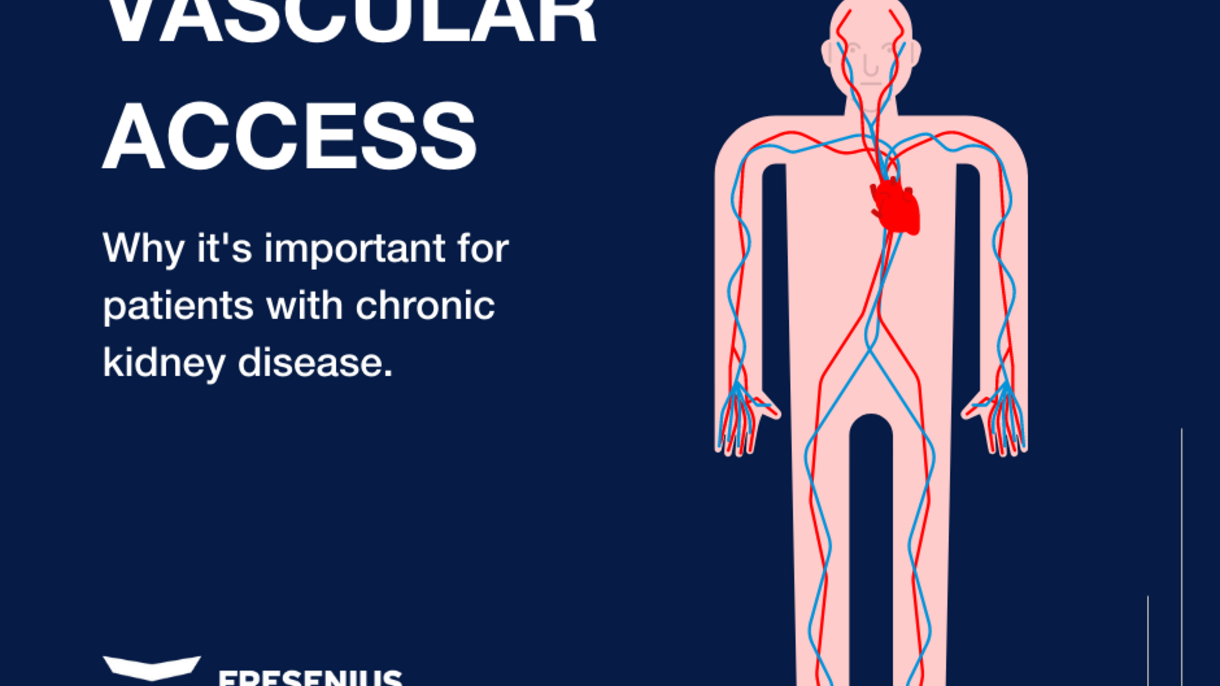In our line of work, vascular access is a lifeline for patients receiving haemodialysis. Therefore, it’s very important for industry experts to continue to conduct research into how vascular access features in treatment.
For those unfamiliar with the term, vascular access refers to a connection that is made by joining a vein onto an artery, usually in your arm, creating a large blood vessel that can be needled on a regular basis for use, during haemodialysis treatment.
Vascular access preservation research
Over the last decade, many of the basic principles of vascular access have remained the same; that said, there has been some considerable evolution in methods and technologies used for vascular access creation and maintenance. We have seen developments in the methods used for administering vascular access, with interventional radiological methods being recently introduced, for example. This method typically involves using X-rays and dye to locate an artery and a vein, followed by using probes on the end of a catheter, to connect the two together.
There are also various techniques available to measure failing vascular access. For example, ultrasound machines are now being used to visualise the graft or the fistula itself, and to measure the flow of blood. Additionally, there are other methods of measuring access flow available, such as probes that are attached to the tubing, which carry the blood outside the patient. Dialysis machines themselves have modules which can measure flow, for example through a technique called thermodilution.
Although there is a fair amount of research being conducted around vascular access, more work needs to be done specifically around the preservation of access. This will allow industry experts to develop better techniques to monitor whether the vascular access is functioning well, whether it’s failing, and when the appropriate time is for intervention to reduce the risk of common complications such as infections and blood clots.
Our work in partnership with the NHS Renal Unit Trust
At Fresenius Medical Care, our machines have the ability to measure flow within the access. This is done using a blood temperature monitor. Given that every renal unit across the UK has its own bespoke vascular access management pathway there are various techniques that doctors use to measure failing vascular access, including ultrasound.
At our dialysis clinic in Bath, in partnership with the Parent NHS Renal Unit, we’re working on a project, that looks at how well blood temperature monitors can pick up changes in dialysis access flow in Fistulas and Grafts. This will help us establish where the blood temperature monitor fits in an individual unit’s vascular access management pathway.
This project is being conducted to ensure that Fresenius Medical Care UK can promote the value of access amongst patients, while reducing variations of approaches to vascular access across England, making it easier for patients to have definitive access. The Getting it Right First Time (GIRFT) programme has also highlighted that delivering high quality vascular access in volumes required is a significant challenge and needs innovative approaches.
The learnings from this research project will be shared via upcoming conference proceedings. We hope to publish a report detailing the outcomes of the project, and how the findings will further progress the standard of vascular access administered on patients.
In the future, we will be in a better position to share more about our work with the NHS Renal Unit Trust, and hopefully our work will continue to shape and improve patients’ treatment outcomes.
